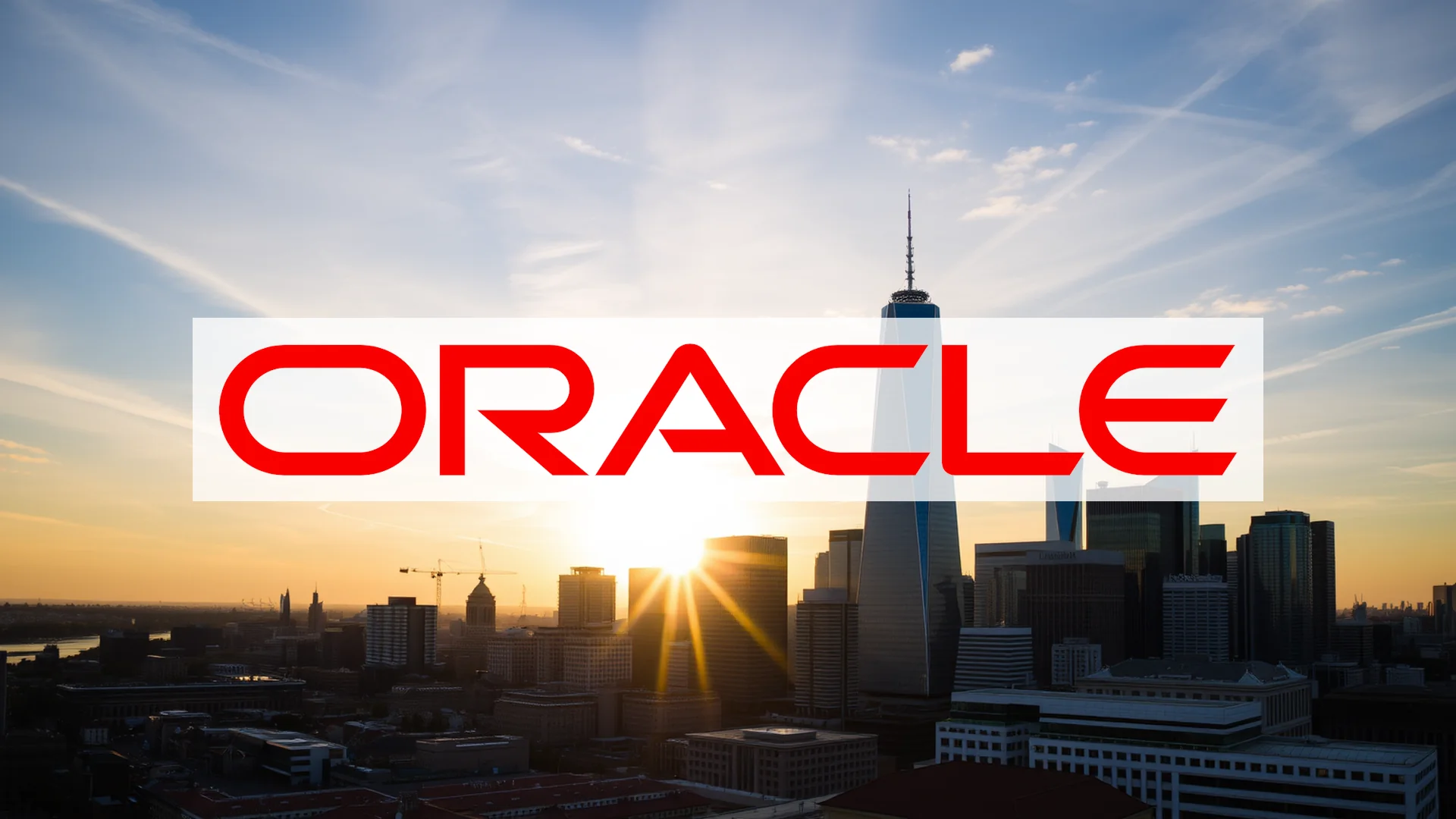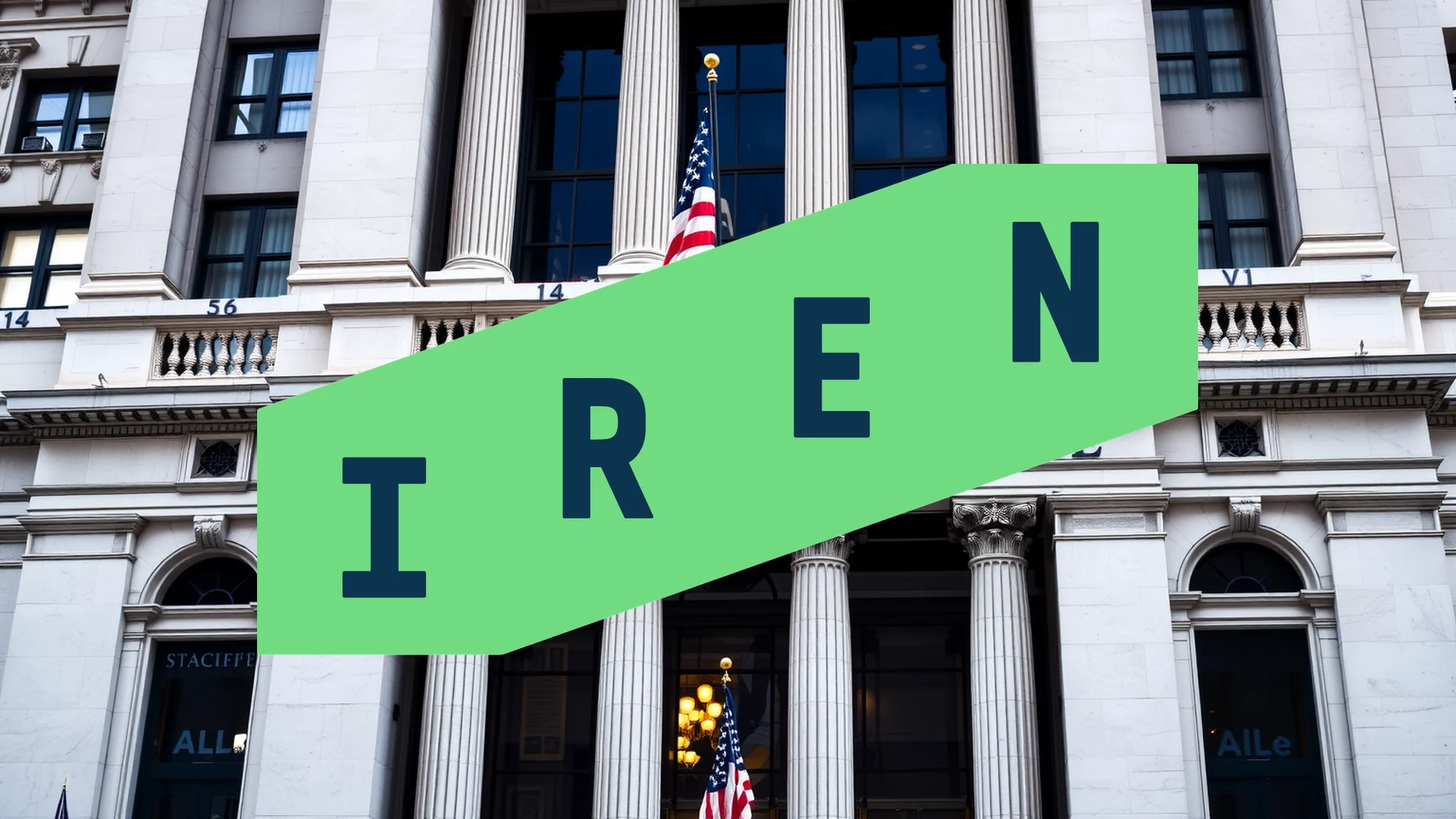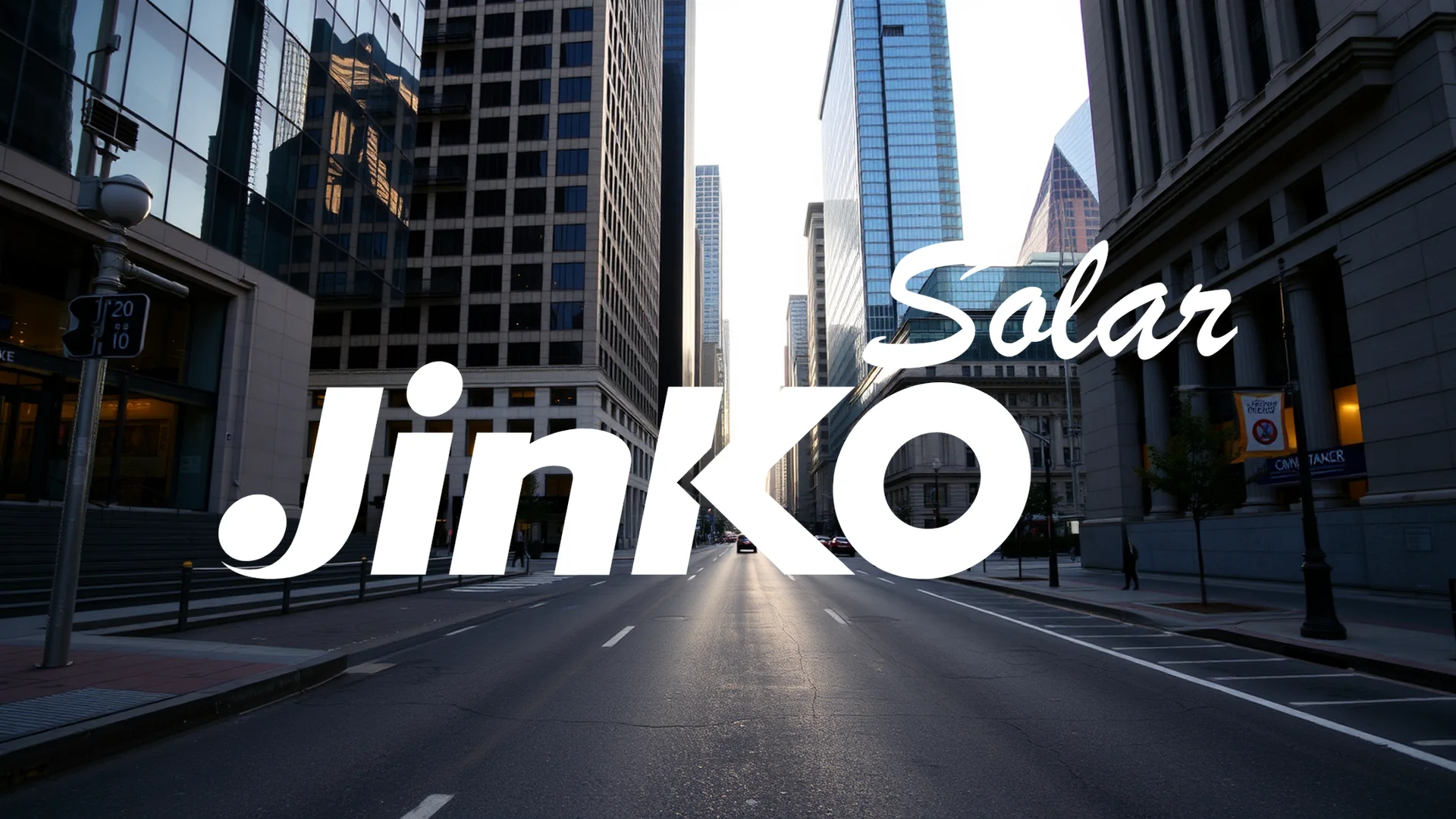All eyes are on Oracle this week as the technology giant prepares to report quarterly earnings that will serve as a crucial assessment of its ambitious transformation into a cloud and artificial intelligence powerhouse. The company faces its most significant challenge in years as it attempts to establish itself as the fourth major hyperscaler alongside Amazon, Microsoft, and Google.
Soaring Expectations and Previous Shortfalls
Market analysts have set exceptionally high benchmarks for Oracle’s performance, anticipating revenue of $15.01 billion – representing growth of 12.8 percent. The cloud segment will be under particular scrutiny after it surged 52 percent to $3.0 billion last quarter. Company leadership has projected even more aggressive expansion, forecasting over 70 percent growth for fiscal year 2026.
However, Oracle enters this earnings period with recent disappointments fresh in investors’ minds. Last quarter, the company fell short of expectations by 3.66 percent, marking the second time in four quarters that Oracle failed to meet projections. These setbacks have raised questions about whether the company can operationally execute its ambitious AI strategy.
Massive Investments and Strategic Partnerships
Central to Oracle’s transformation is its monumental partnership with OpenAI, known as the “Stargate” project. The initiative initially involves 4.5 gigawatts of computing capacity and holds the potential to generate $30 billion in annual revenue starting in 2028. During the quarter being reported, Oracle activated its facility in Abilene, Texas, which includes initial Nvidia GB200 racks and training workloads.
The scale of Oracle’s commitment is demonstrated by its planned capital expenditures of $25 billion in 2026 alone. These investments represent more than infrastructure development – they position Oracle as a direct competitor to established cloud giants.
Should investors sell immediately? Or is it worth buying Oracle?
Challenges Accompanying Expansion
Oracle’s aggressive growth strategy comes with significant costs. The company has already eliminated hundreds of positions, primarily within its cloud infrastructure division. Soaring capital expenditures are putting pressure on cash flows and compressing margins throughout this expansion phase.
The company also faces industry-wide constraints on AI chip availability and complex geopolitical tensions that continue to disrupt global supply chains. These challenges raise questions about Oracle’s ability to meet the exploding demand for AI infrastructure despite these obstacles.
High Stakes and Market Expectations
With contract backlogs reaching $138 billion – a 41 percent increase over the previous year – Oracle has established substantial visibility into future revenue. However, the company must now demonstrate its ability to deliver on these commitments.
The stock price already reflects elevated expectations, trading at a price-to-earnings ratio of 46, leaving minimal room for disappointment. Tuesday’s earnings release will reveal whether Oracle’s AI transformation remains primarily aspirational or has become operational reality. The outcome will likely shape the stock’s trajectory for months to come.
Ad
Oracle Stock: Buy or Sell?! New Oracle Analysis from January 9 delivers the answer:
The latest Oracle figures speak for themselves: Urgent action needed for Oracle investors. Is it worth buying or should you sell? Find out what to do now in the current free analysis from January 9.
Oracle: Buy or sell? Read more here...










